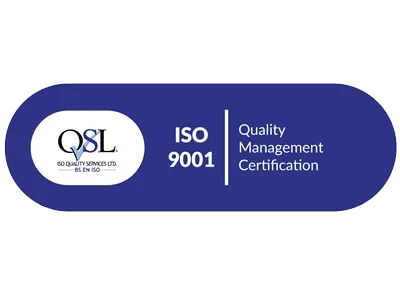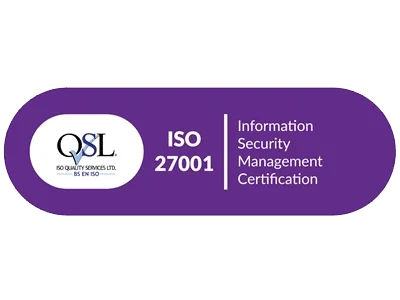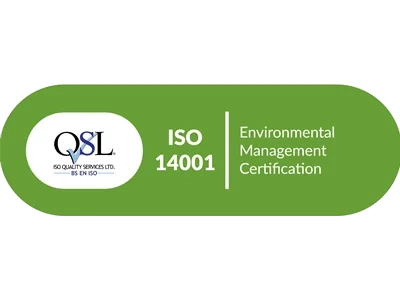In today’s rapidly evolving digital landscape, businesses face unprecedented cyber threats. From sophisticated phishing schemes to advanced persistent threats, the need for robust cybersecurity measures has never been more critical.
This is where Managed Detection and Response (MDR) comes into play, offering a proactive and comprehensive approach to cybersecurity that goes beyond traditional measures. This blog serves as an introduction to MDR, explaining what it is, why it’s essential for your business, and how it differs from conventional cybersecurity strategies.
What is Managed Detection and Response (MDR)?
MDR is a managed cybersecurity service that combines technology, processes, and human expertise to monitor, detect, investigate, and respond to cyber threats in real time.
Unlike traditional security measures that often focus on preventative mechanisms, MDR provides continuous monitoring and analysis of data across an organisation’s networks, endpoints, and cloud environments.
MDR aims to identify potential security incidents quickly, minimise the impact of breaches, and prevent future attacks through a combination of advanced analytics, threat intelligence, and the expertise of security analysts.
Why is MDR Important?
The importance of MDR lies in its proactive stance against cyber threats. In an era where cybercriminals employ increasingly sophisticated techniques, traditional security tools like firewalls and antivirus software are no longer sufficient to protect businesses. MDR fills this gap by offering:
- 24/7 Monitoring and Response: Cyber threats don’t adhere to a 9-to-5 schedule. MDR provides round-the-clock surveillance, ensuring that threats are identified and addressed promptly, often before they cause significant damage.
- Expertise and Advanced Analytics: MDR services are staffed by cybersecurity experts who utilise advanced analytics, machine learning, and threat intelligence to identify and neutralise threats more effectively than traditional tools.
- Cost Efficiency: Building and maintaining an in-house Security Operations Centre (SOC) is costly and resource-intensive. MDR offers businesses access to top-tier security expertise and technology at a fraction of the cost.
- Compliance Support: Many industries face stringent data protection and privacy regulatory requirements. MDR can help businesses meet these compliance obligations by providing detailed reporting and incident response support.
How Does MDR Differ from Traditional Cybersecurity Measures?
The critical difference between MDR and traditional cybersecurity measures lies in their approach to threat management. Standard measures are predominantly preventive, focusing on creating barriers (such as firewalls and antivirus software) to block threats. While prevention is crucial, it’s no longer enough on its own. Cyber attackers often find ways to bypass these barriers, necessitating a system that can detect and respond to threats that make it through.
MDR moves beyond mere prevention, incorporating detection, response, and continuous monitoring into its framework. It’s a dynamic approach that adapts to new threats as they emerge, leveraging cutting-edge technology and human expertise to analyse behaviour, identify anomalies, and respond to incidents with speed and precision.
As cyber threats continue to evolve, so must our strategies for combating them. Managed Detection and Response represents a significant step forward in cybersecurity, offering businesses a more proactive, comprehensive, and cost-effective solution to safeguard their digital assets.
By combining advanced technology with human expertise, MDR enhances an organisation’s ability to respond to threats and provides peace of mind, knowing that their cybersecurity needs are in expert hands. MDR offers a path to improved resilience and protection for any business looking to strengthen its cybersecurity posture in the face of ever-changing threats.





